The Rising of the Shield Hero Tome 24
Extraits

Droit
Transport and Risk Communication
09/1997
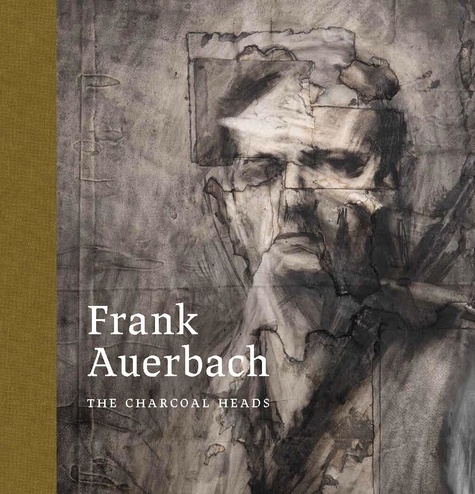
Mouvements artistiques
Frank Auerbach. The Charcoal Heads
03/2024

Monographies
Burmese Silver from the Colonial Period
09/2022
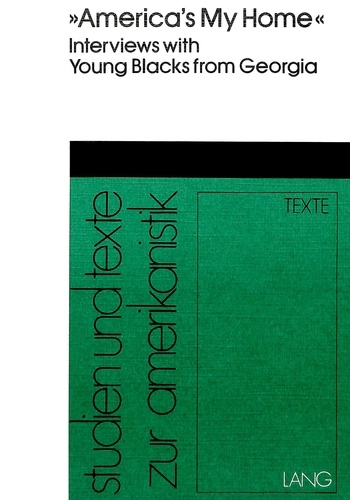
Non classé
«America's my Home»- Interviews with Young Blacks from Georgia
12/1983

Livres 0-3 ans
YAOUNDÉ BABA SCARED?....ME?....NO WAY!
10/2017
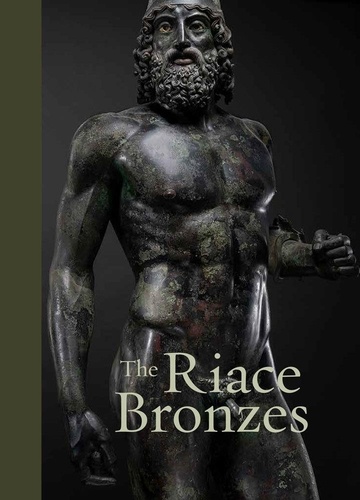
Sculpture
The Riace Bronzes
10/2022

Science-fiction
The aumakua. The great white shark novel
09/2023
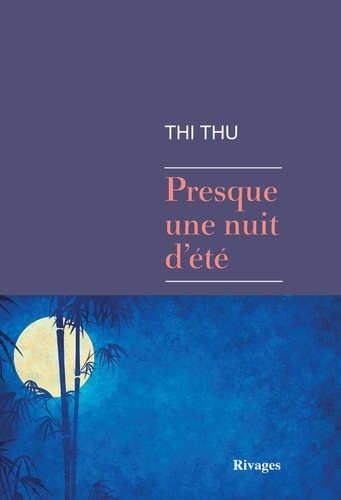
Littérature française
Presque une nuit d'été
08/2018

Sciences de la terre et de la
Cuckoos, Cowbirds and Other Cheats
04/2000
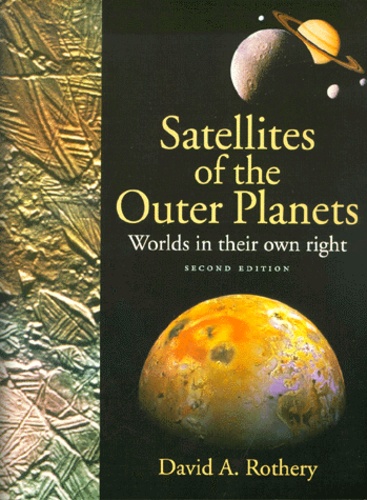
Sciences de la terre et de la
SATELLITES OF THE OUTER PLANETS. Worlds in their own right, Second Edition
01/1999
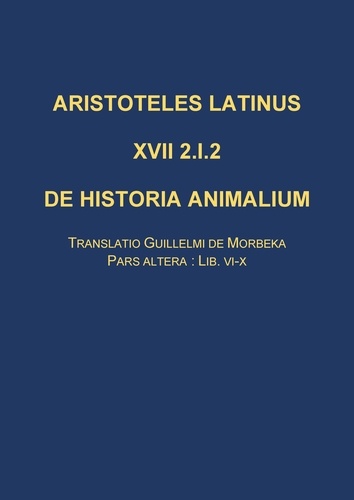
Aristote
De historia animalium. Translatio Guillelmi de Morbeka, Pars altera: lib. VI-X. Edition bilingue anglais-latin
05/2021
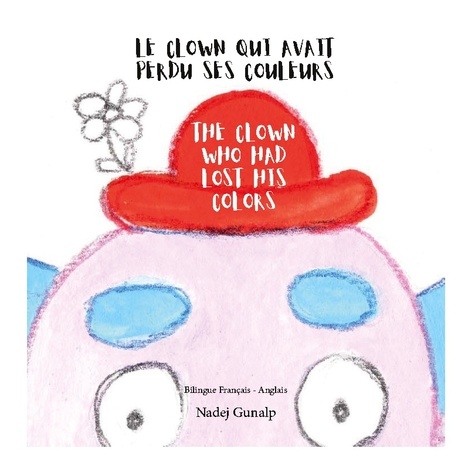
Autres éditeurs (A à E)
Le clown qui avait perdu ses couleurs. Edition bilingue français-anglais
07/2022
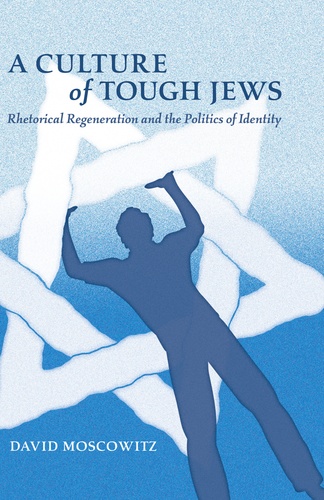
Non classé
A Culture of Tough Jews
10/2014
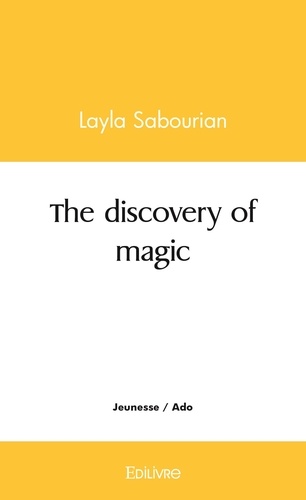
Livres 0-3 ans
The discovery of magic
09/2021
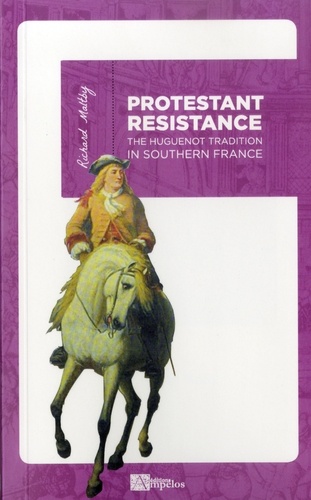
Histoire de France
Protestant resistance (version poche)
07/2018
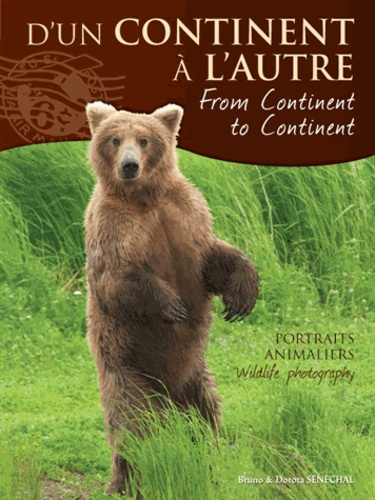
Animaux, nature
D'un continent à l'autre. Portraits animaliers, Edition bilingue français-anglais
09/2013
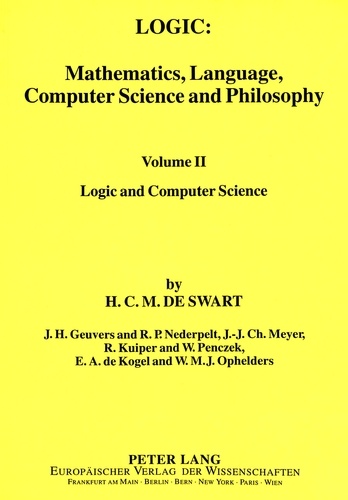
Droit
Logic: Mathematics, Language, Computer Science and Philosophy
05/1994

Beaux arts
Walls of change : the story of the wynwood walls
11/2019
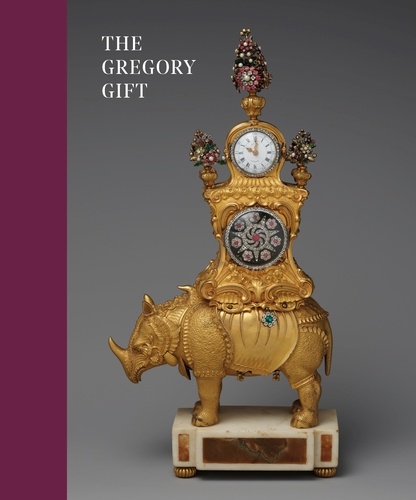
Monographies
The Gregory Gift
02/2023
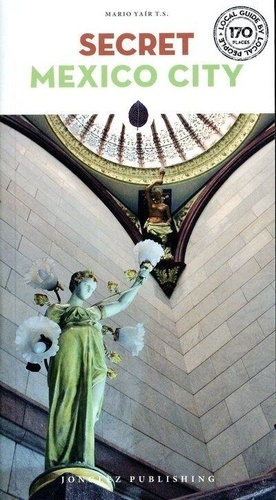
Mexique
Secret Mexico City
02/2024

Non classé
Temporal Logic, Omniscience, Human Freedom - Perspectives in Analytic Philosophy
09/1991
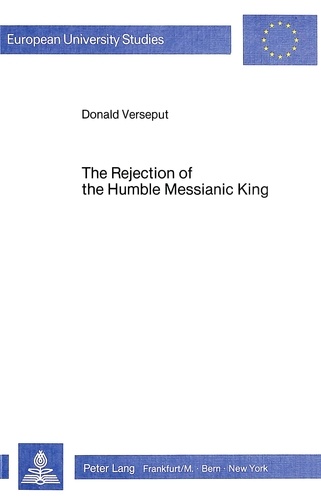
Religion
The Rejection of the Humble Messianic King
12/1986

Graphisme
Understanding the World. The Atlas of Infographics
08/2023
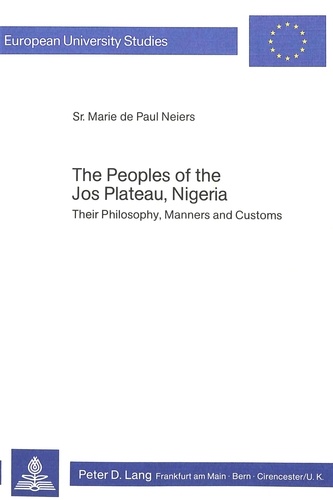
Non classé
The Peoples of the Jos Plateau, Nigeria
12/1979
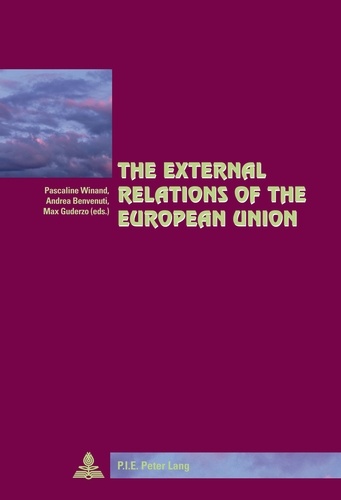
Histoire de France
The External Relations of the European Union
12/1987

Philosophie
The Biblical Vision of the Human Person
02/1994
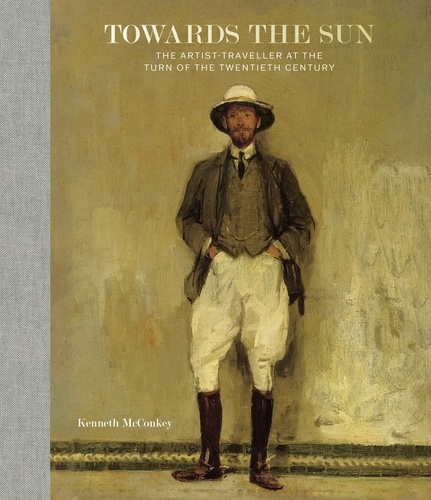
Monographies
Towards the Sun. The Artist - Traveller at the Turn of the Twentieth Century
11/2021

Non classé
A Mirrour of Mutabilitie
01/1991

Histoire internationale
Flavius Josephus, the Zealots and Yavne
01/1994
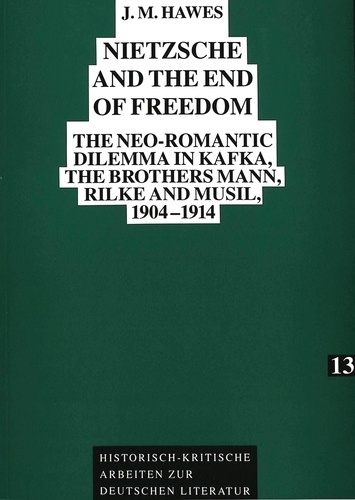
Non classé
Nietzsche and the End of Freedom
07/1993
